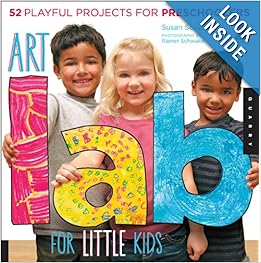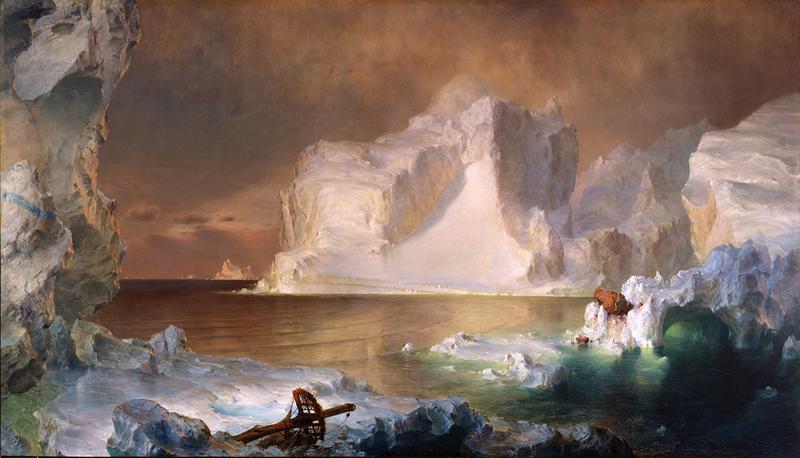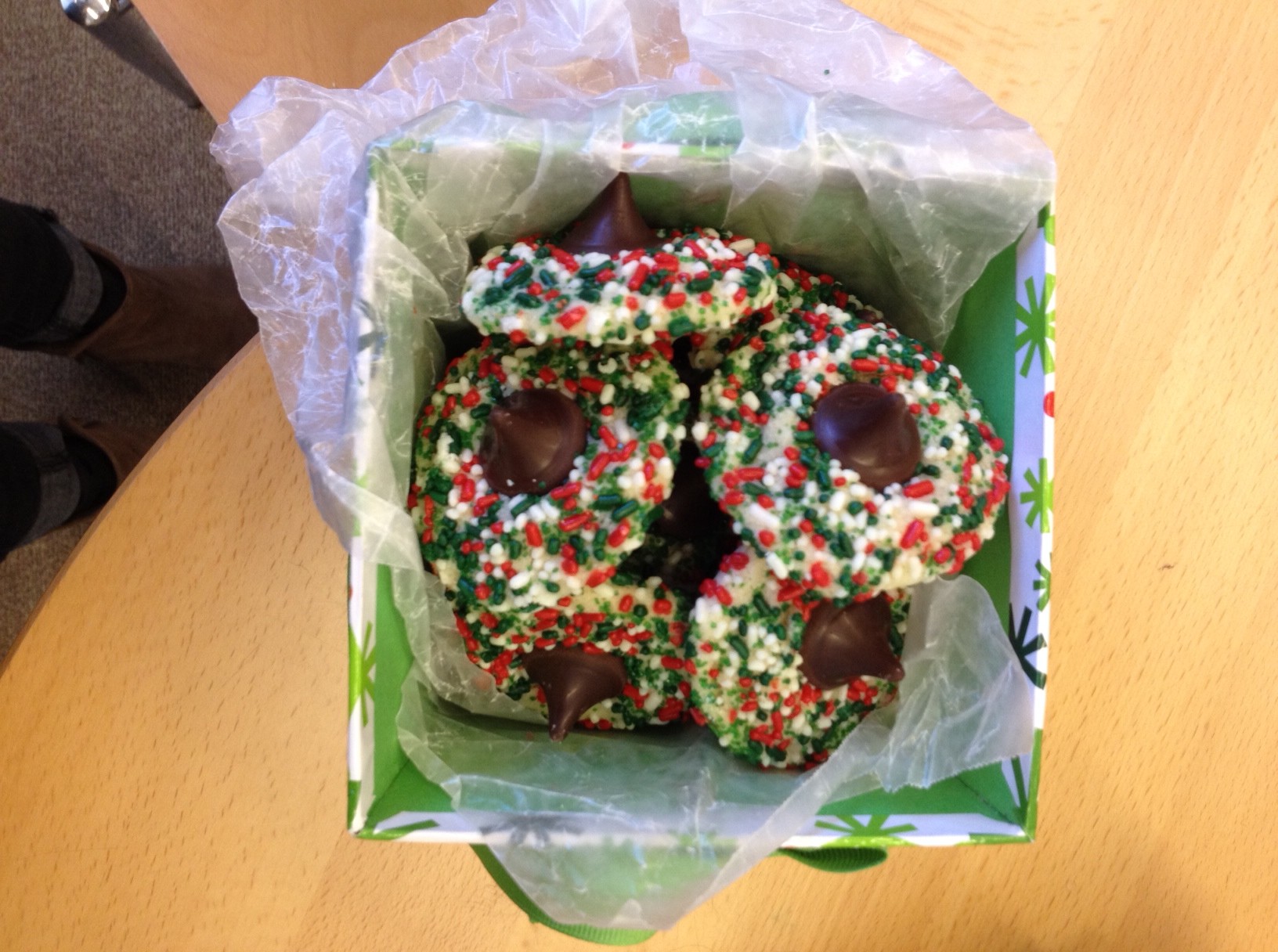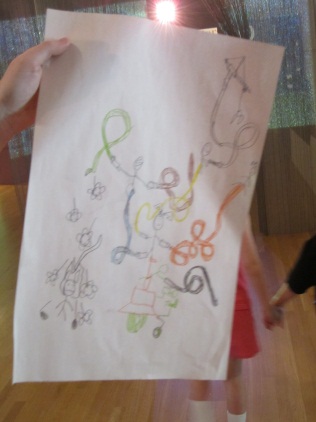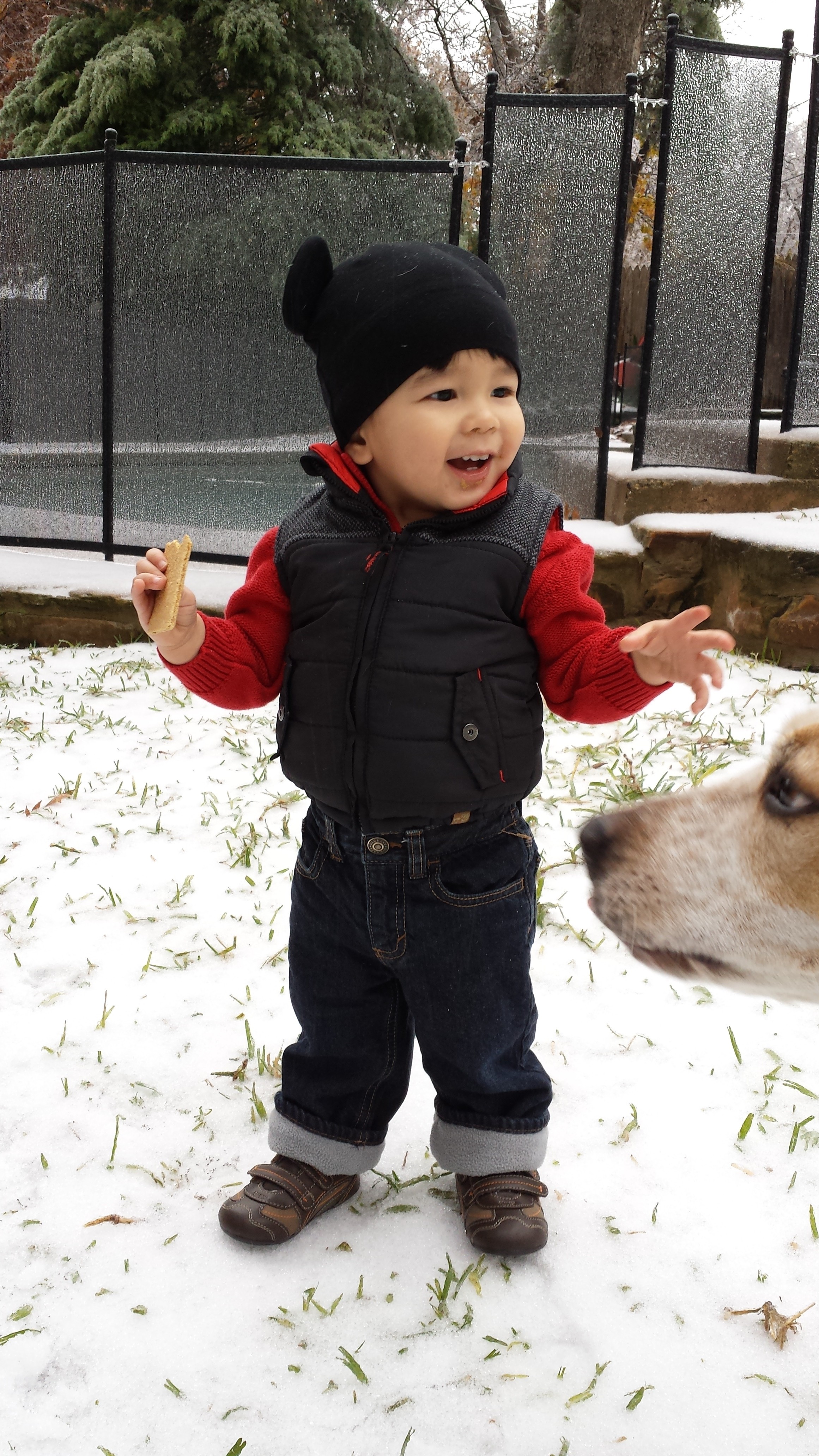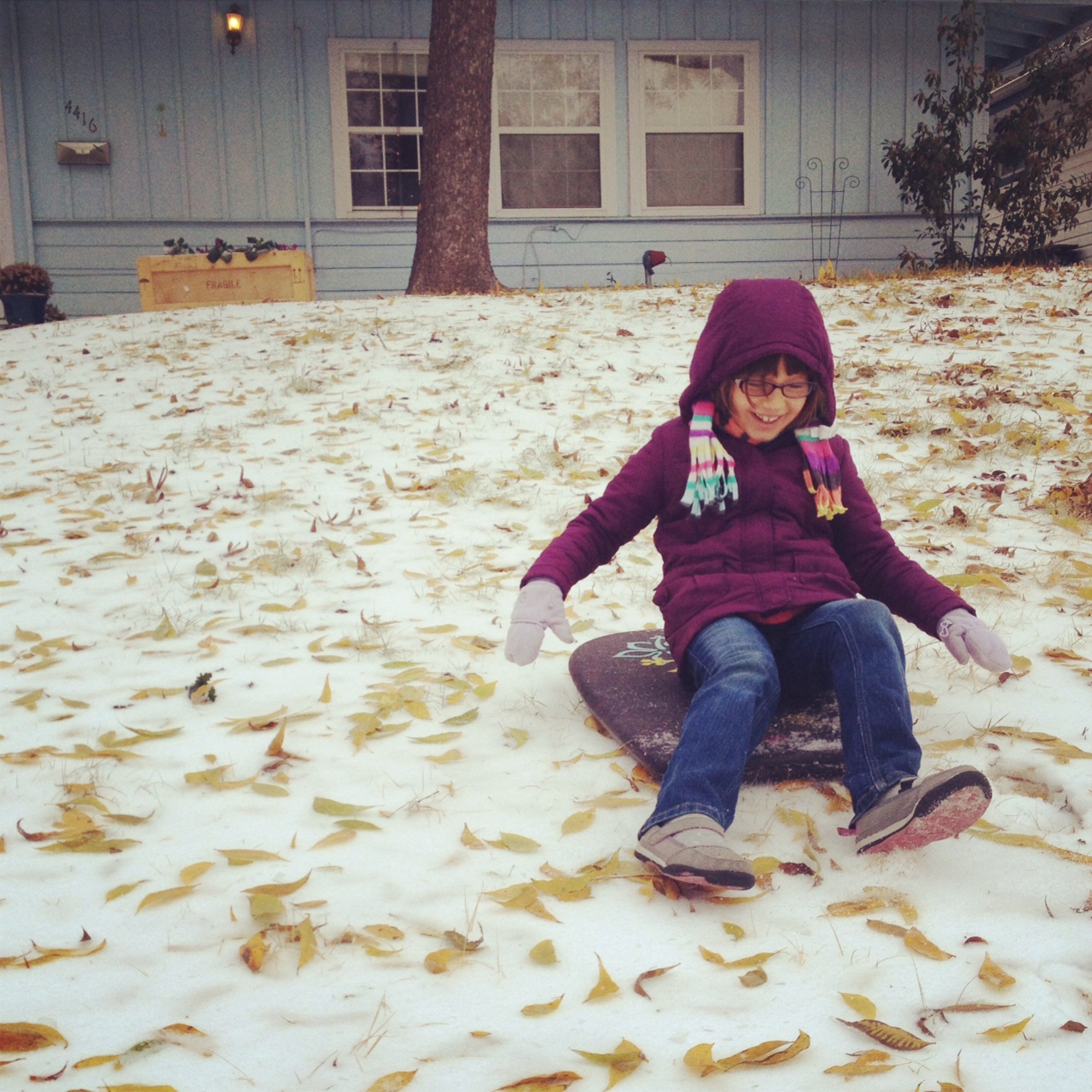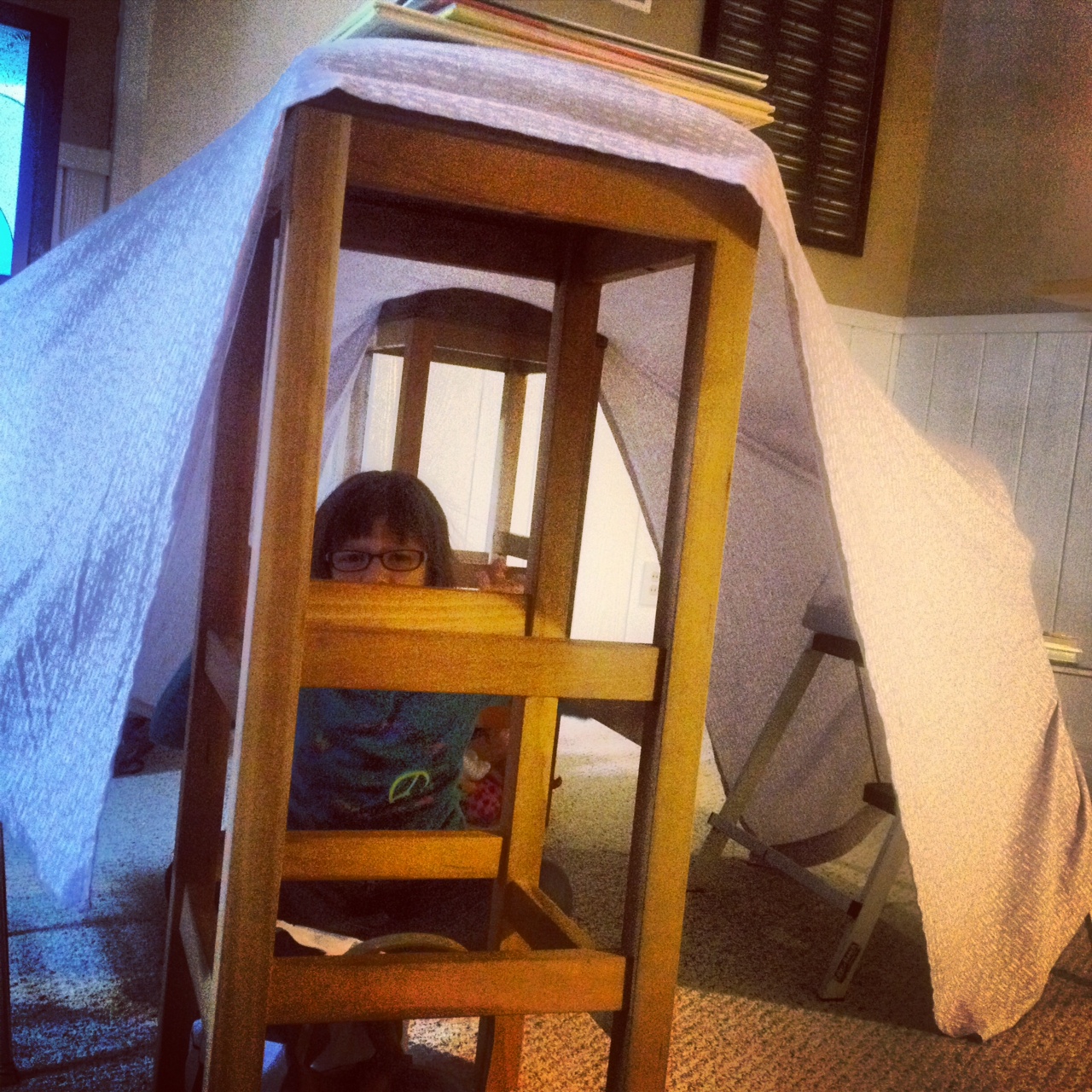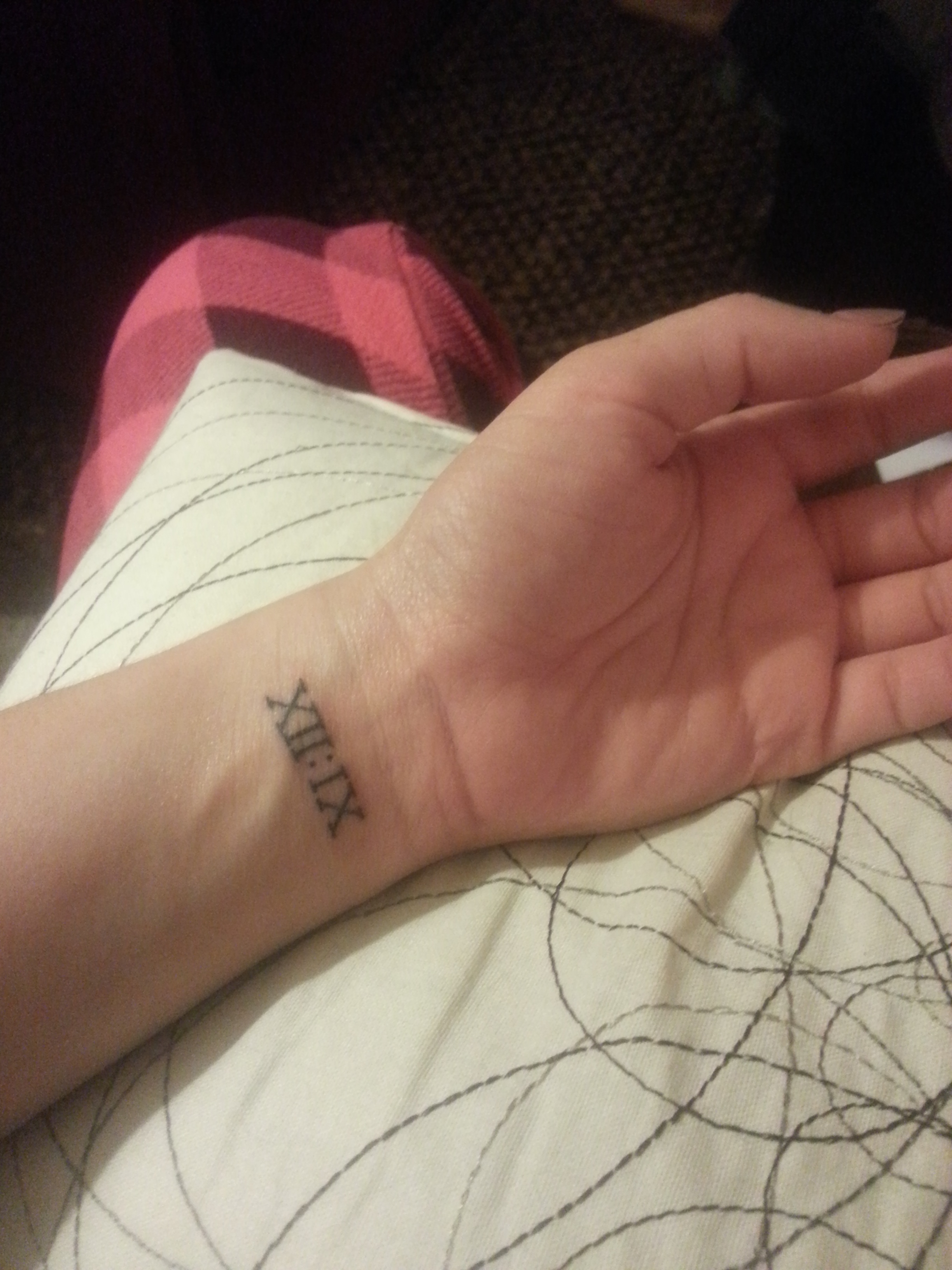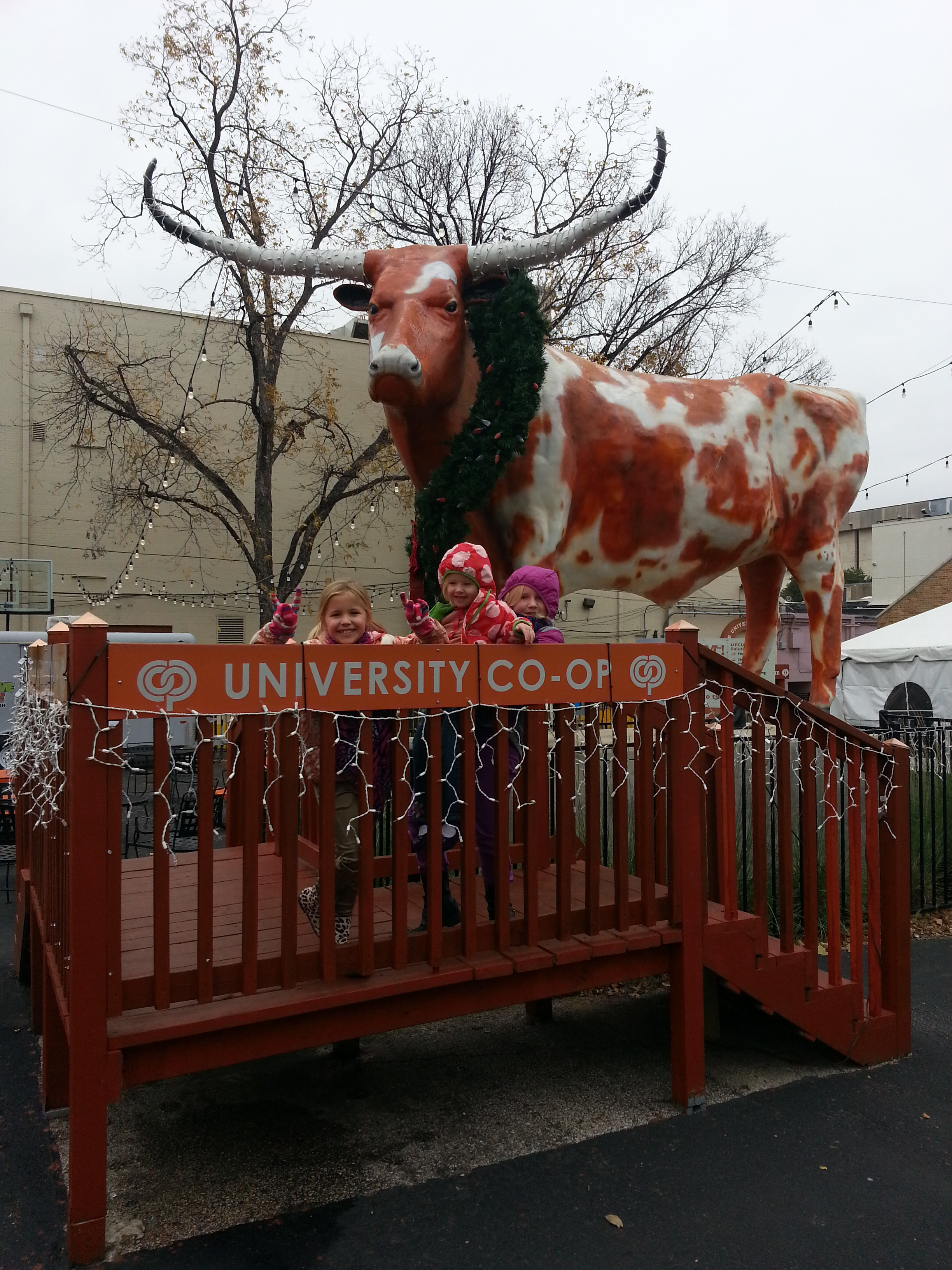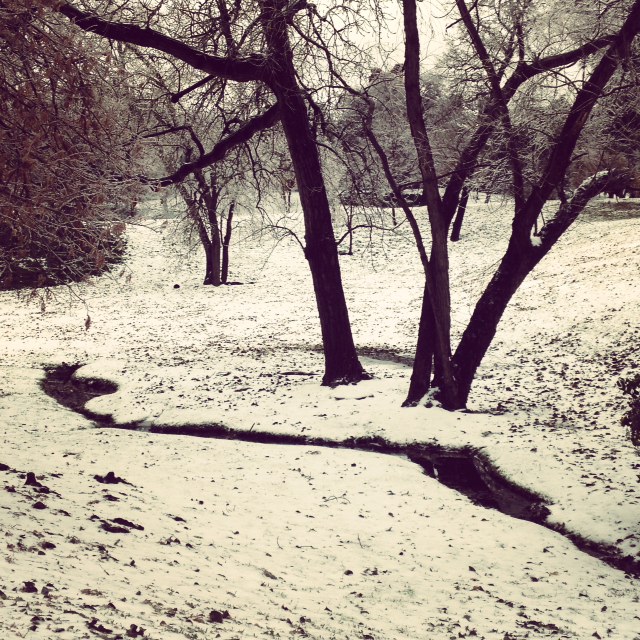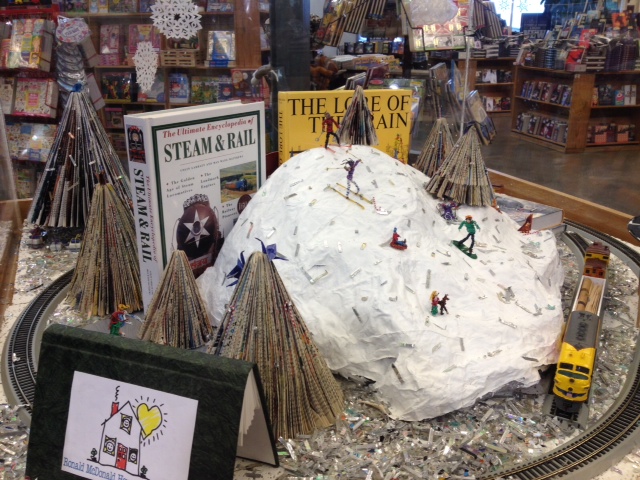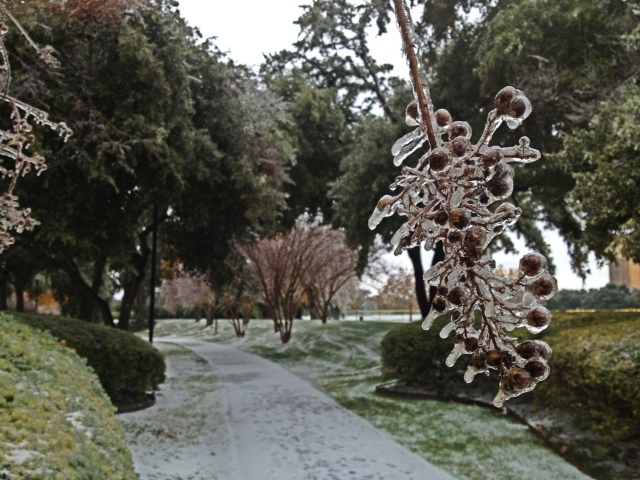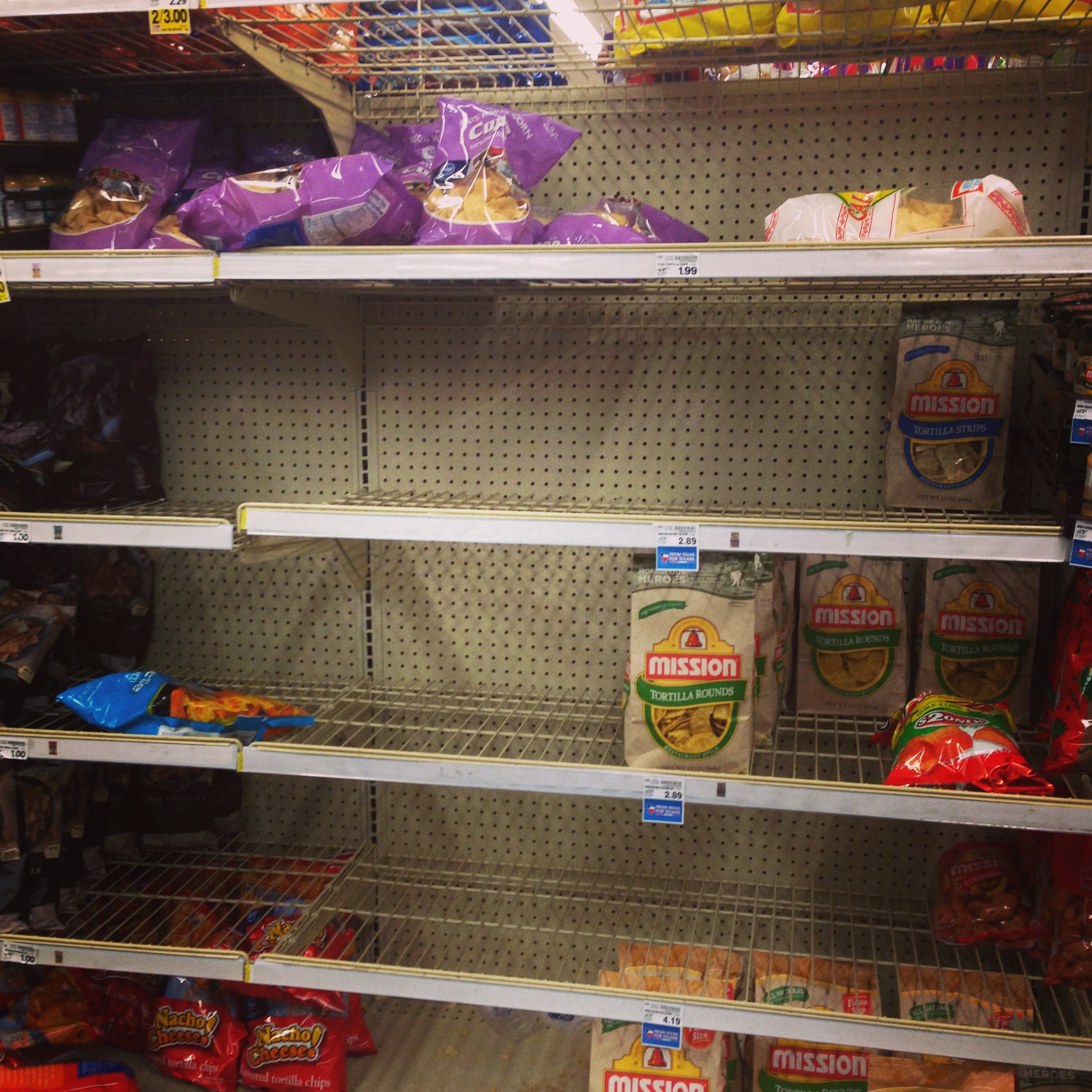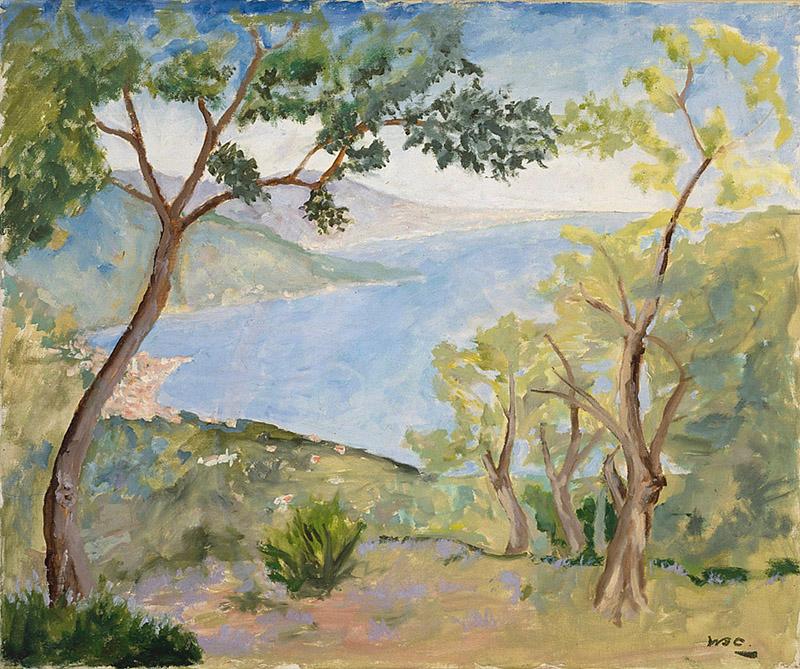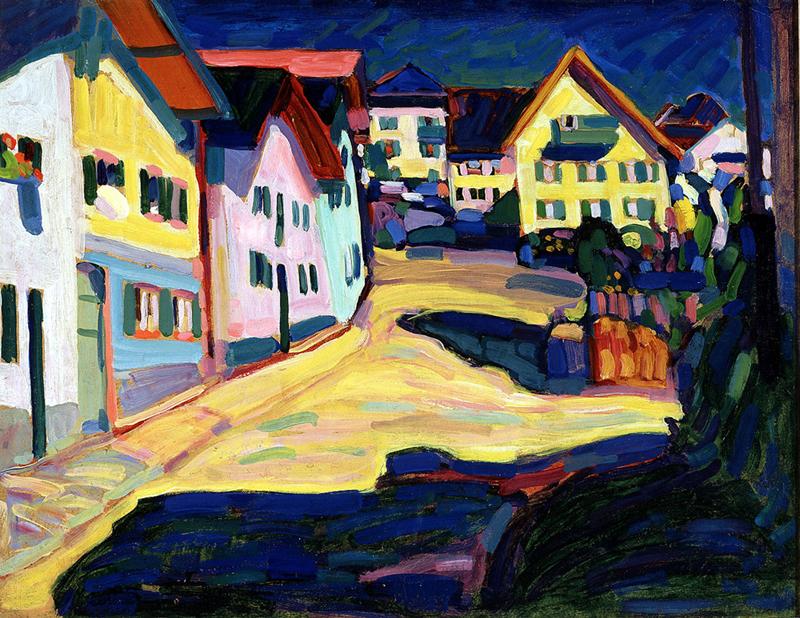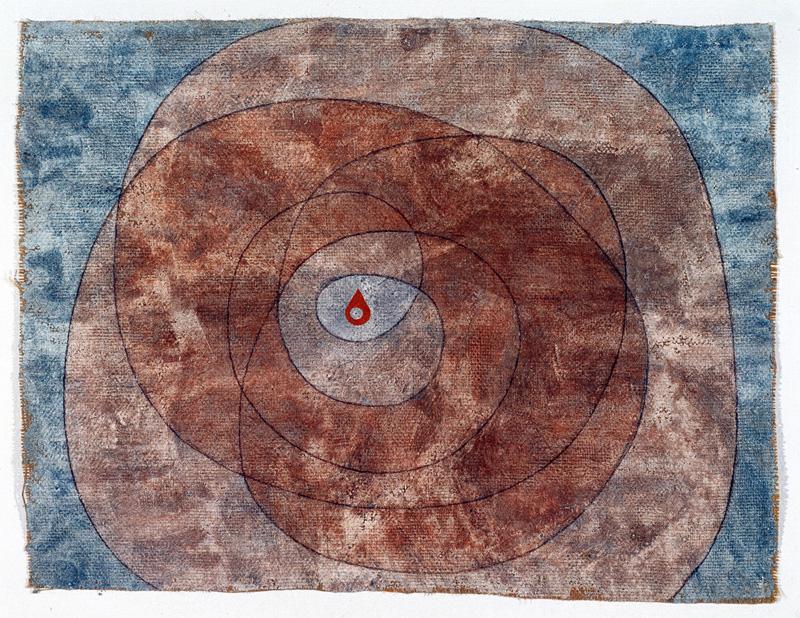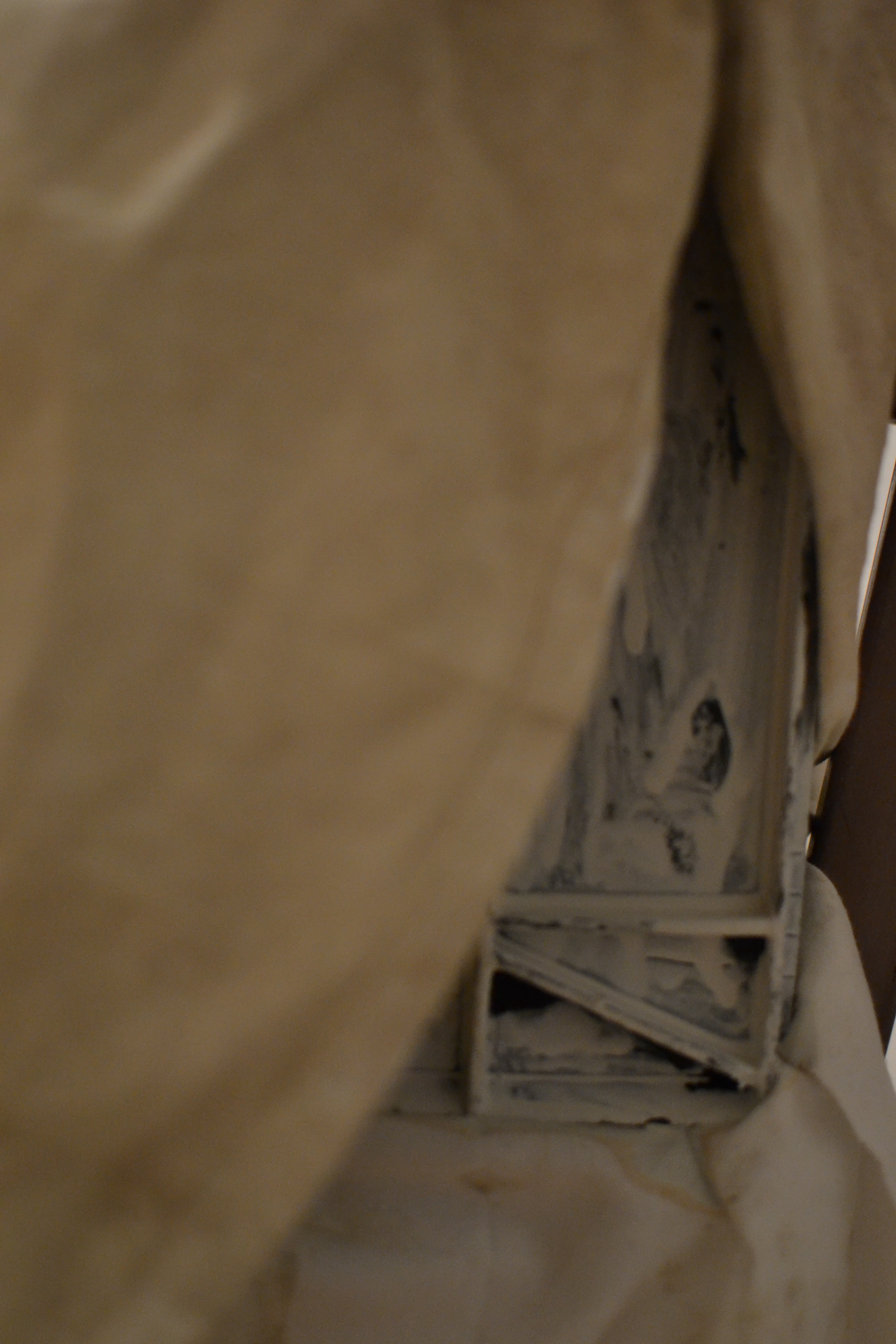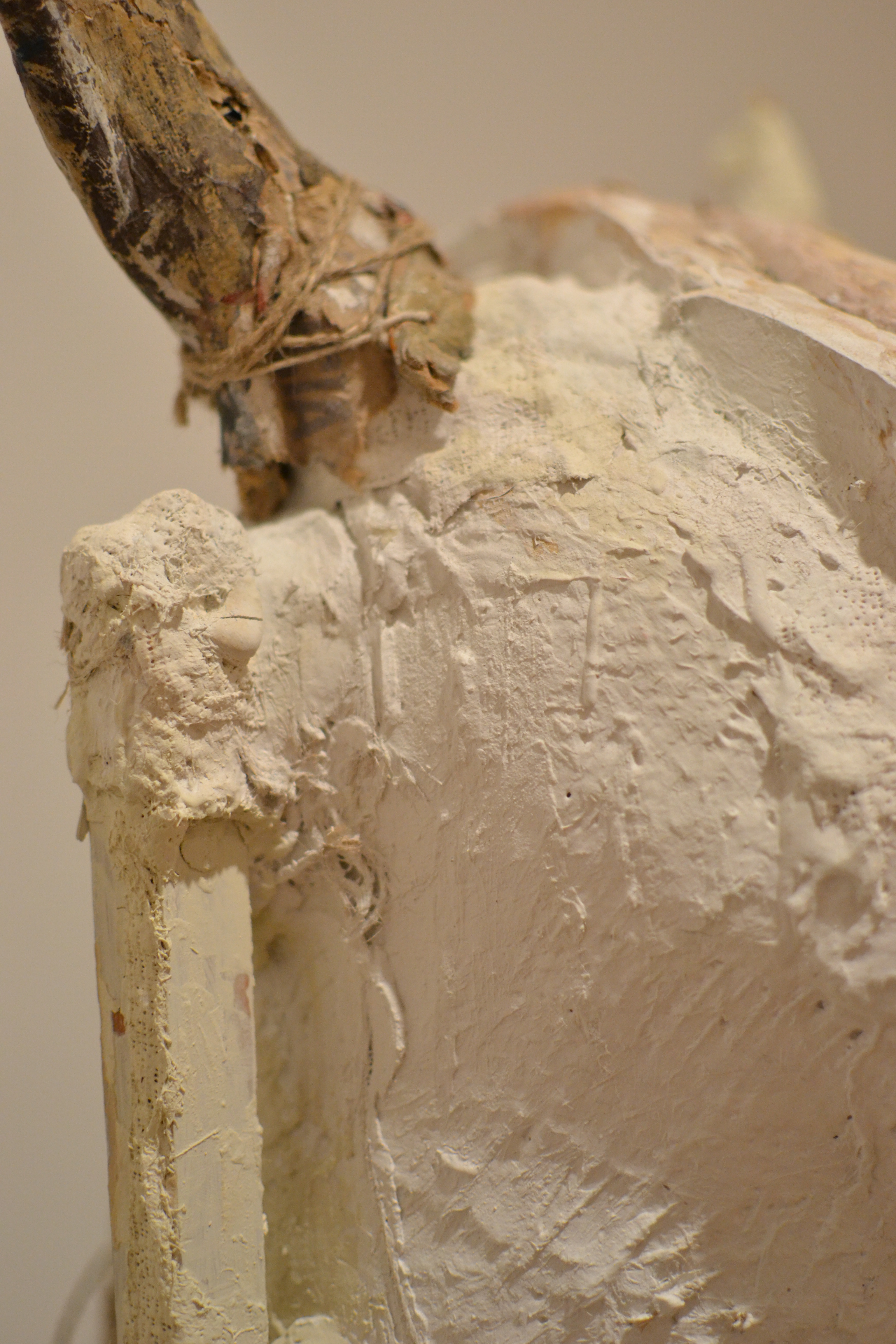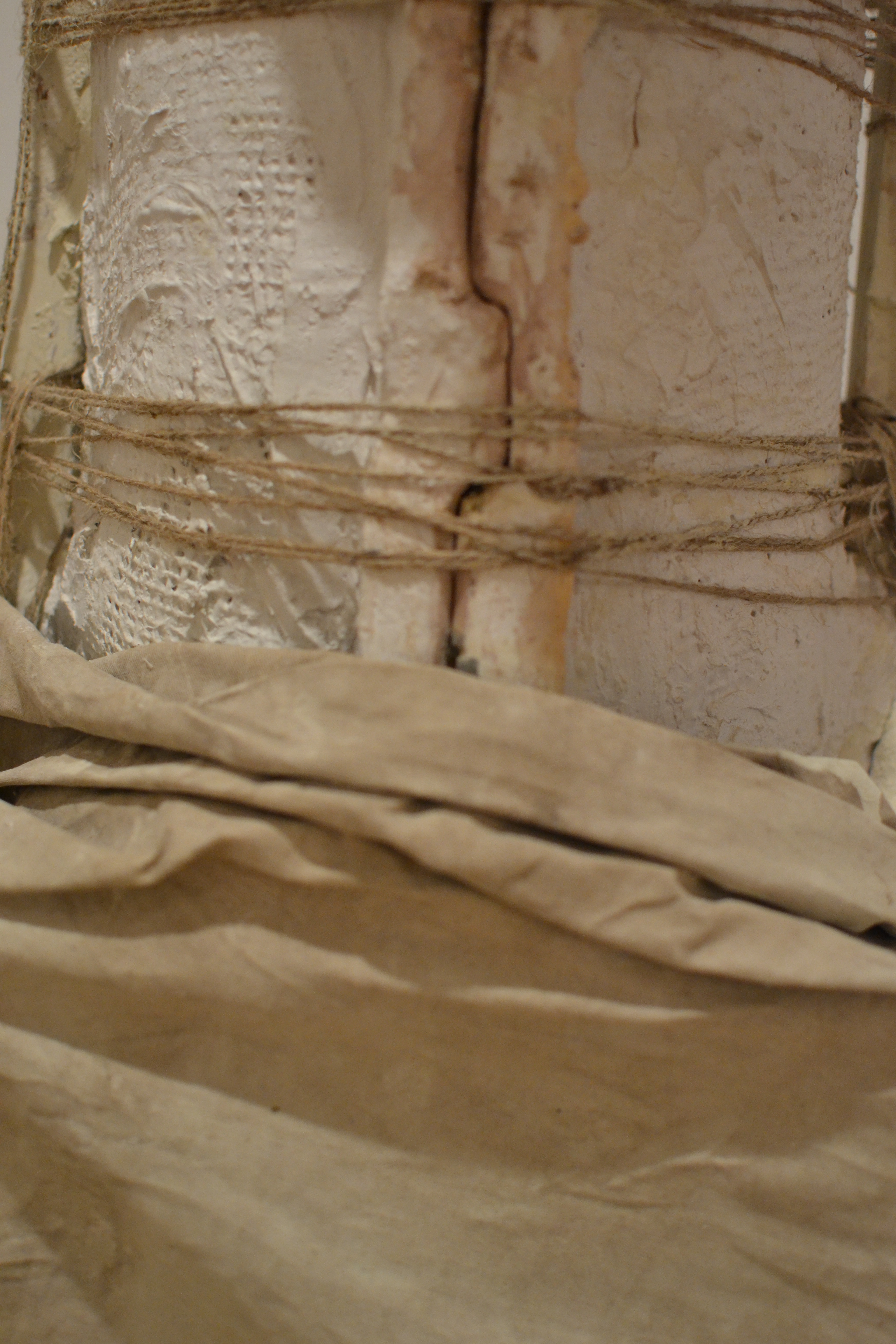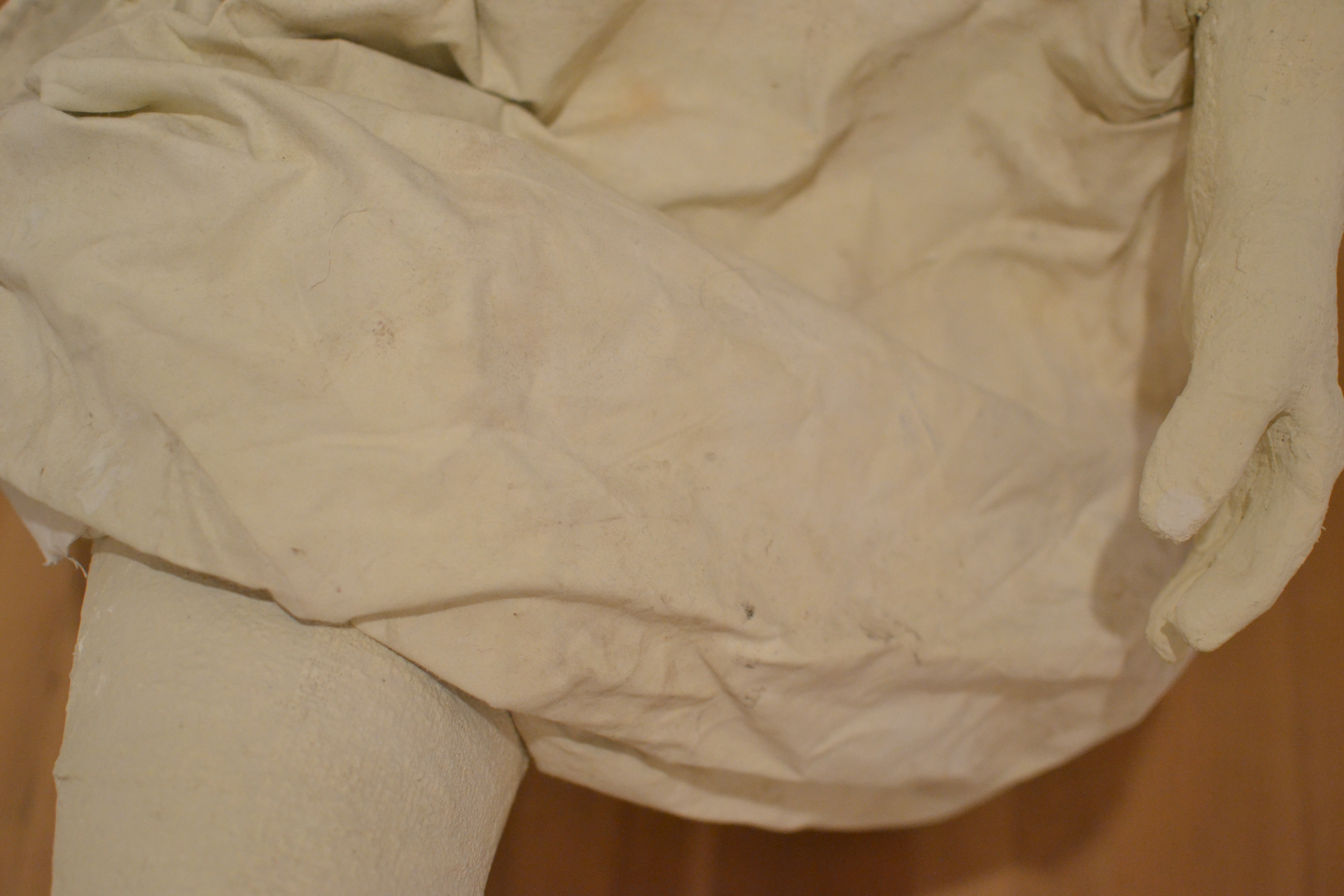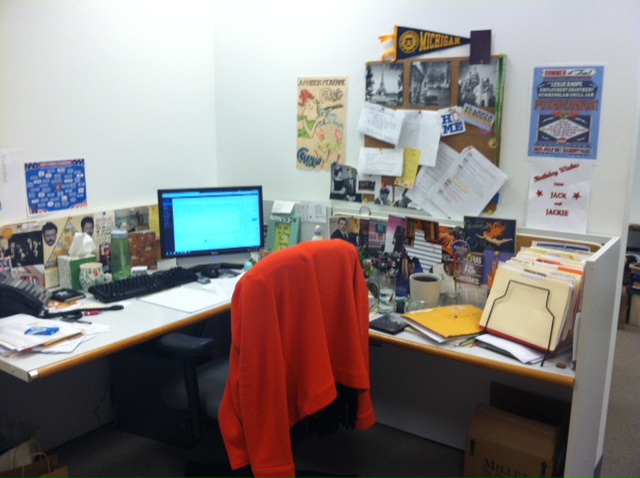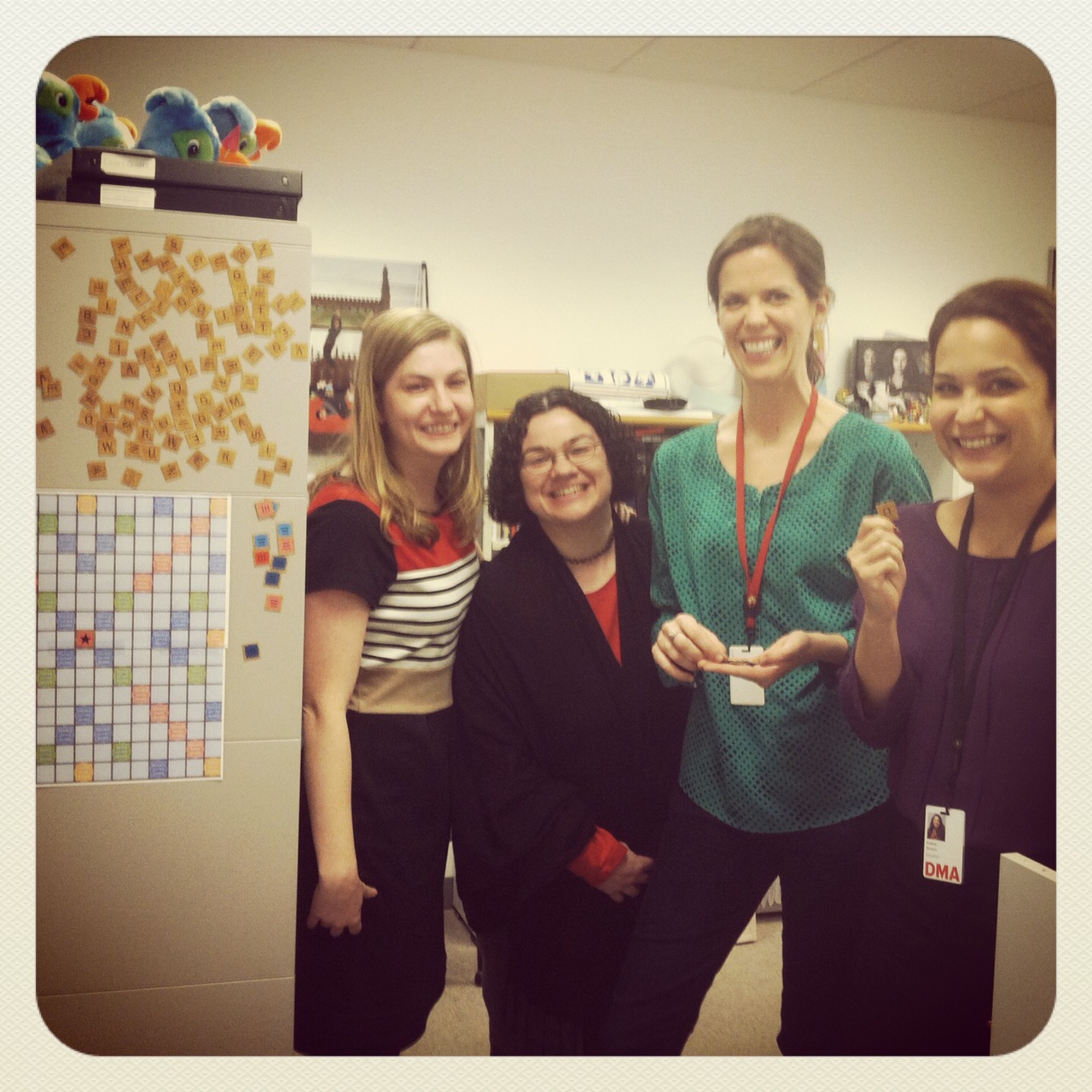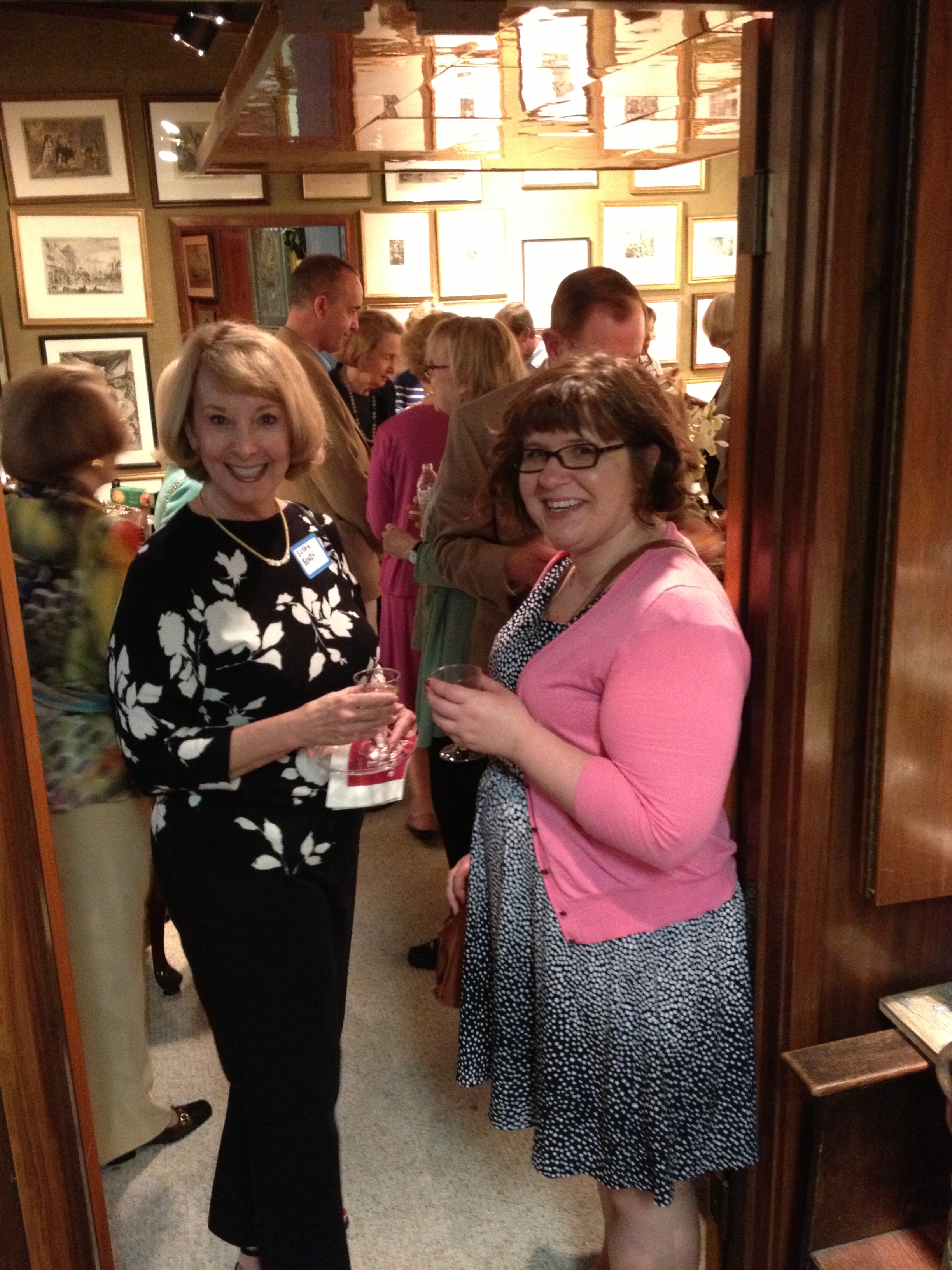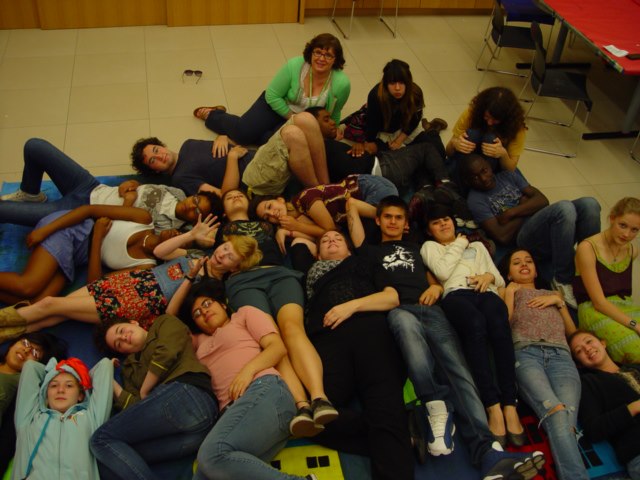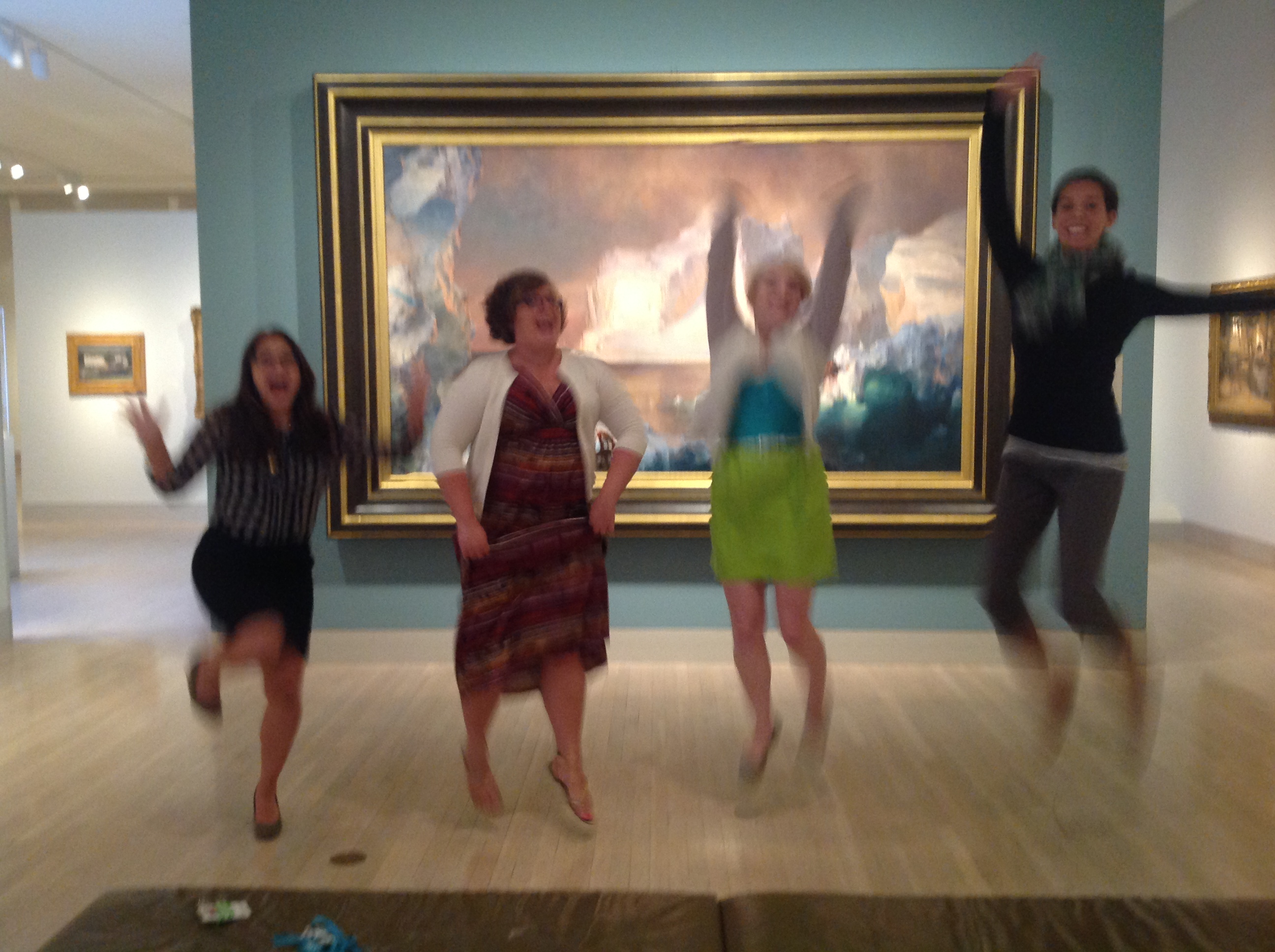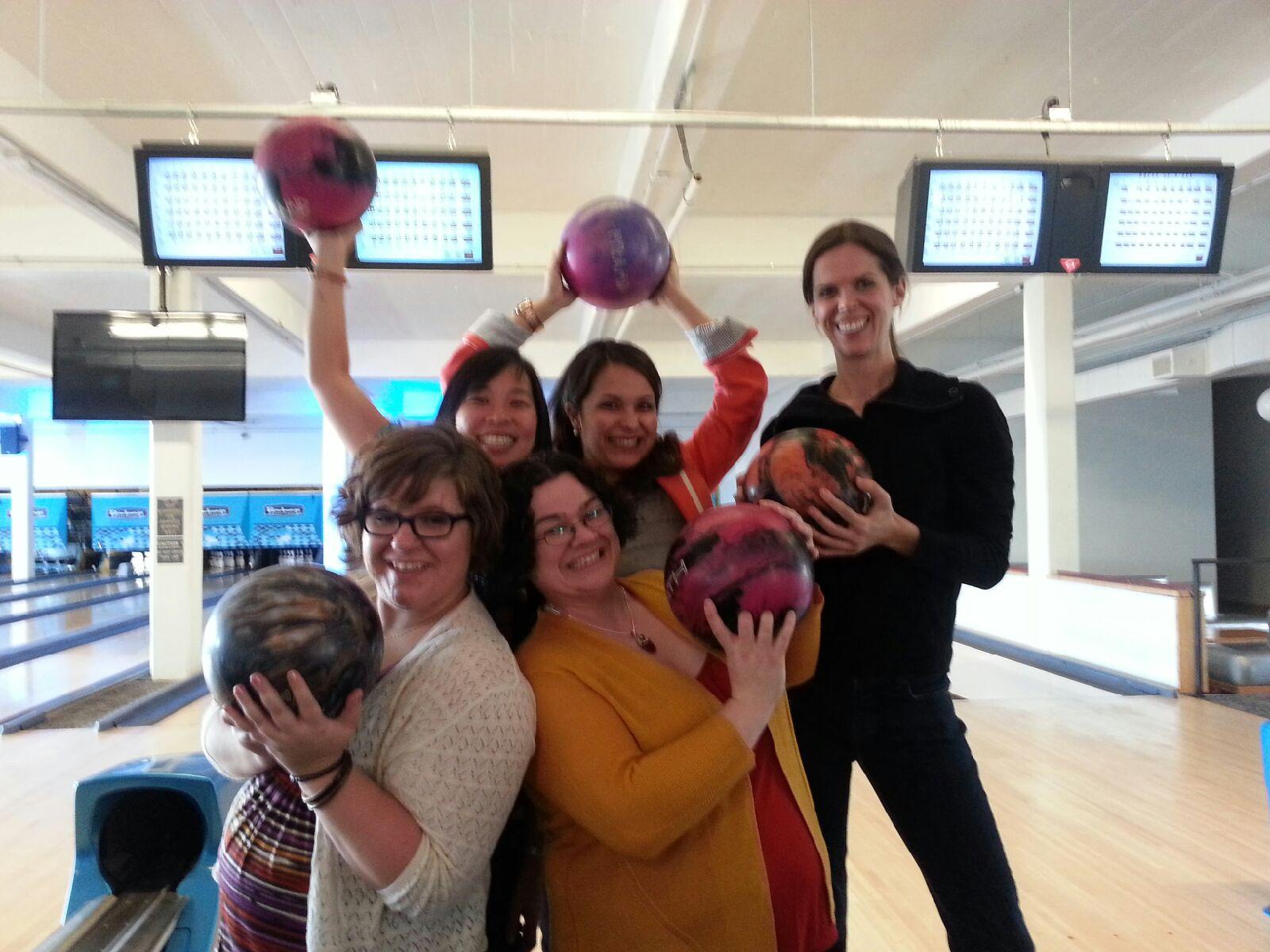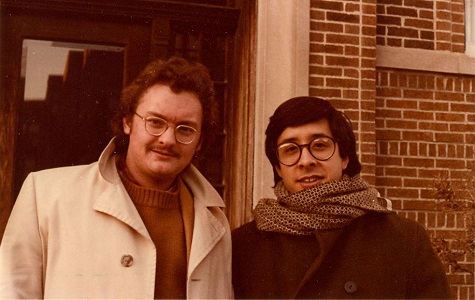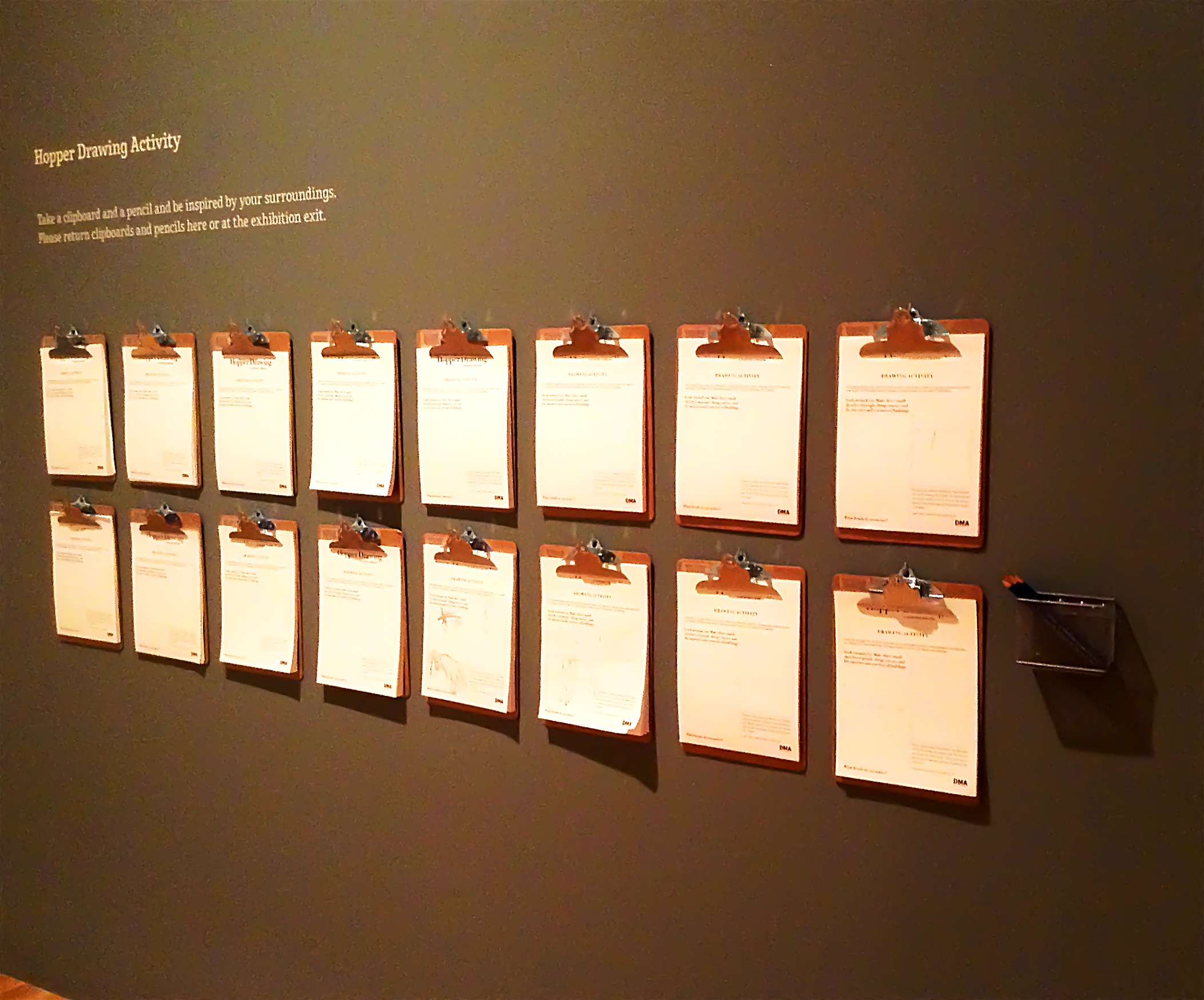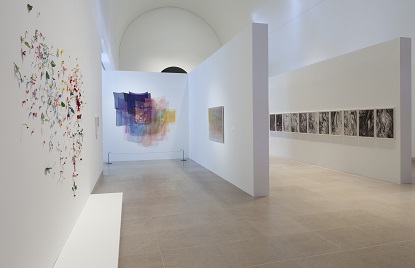The DMA recently welcomed Dr. Kimberly L. Jones as the new Ellen and Harry S. Parker III Assistant Curator of the Americas. Uncrated caught up with Dr. Jones to find out more about her job and what’s caught her eye as she explored our galleries.
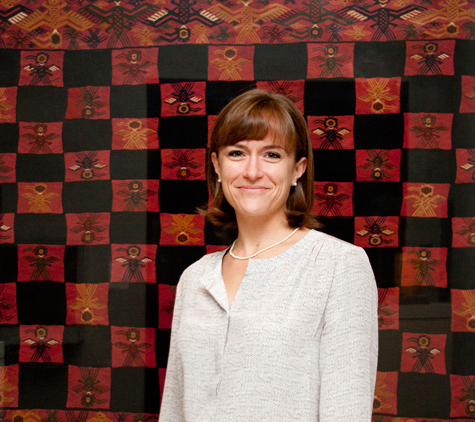
Describe your job as a curator:
For me, being a curator provides the best of all worlds. At the most basic, it entails being in the presence of amazing human achievements on a daily basis. It generally involves engrossing research on such objects, their artisans, and the cultural context in which the materials were created. It means staying informed about ongoing fieldwork and investigations that ever amplify our knowledge of these cultures. As a curator, I have the opportunity to share such fascinating insights with a broad range of people who visit a museum specifically to appreciate and learn about such hallmarks of human ingenuity. Above all else, I see my role as foremost to honor the amazing cultures of our past and present and to instill in others (hopefully) a bit of my passion and enthusiasm for their diverse conceptions and visual manifestations of the world around us.
What might an average day involve?
An average day so far usually includes juggling a few projects, from more immediate to longer-term. It entails basic catalog revisions, research on the collection, e-mails with colleagues and staff, planning for publications and exhibitions, etc.
How would you describe the best part of your job and its biggest challenges?
The best part of my job is sharing the collections and their cultural contexts with others, in any format, from tours to research inquiries to publications. That people become aware of the rich diversity of populations, practices, beliefs, and artworks throughout the Americas is the most inspiring aspect of my role. The biggest challenges (yet perhaps most fruitful exchanges) may come through the developing nature of collections and exhibitions in ancient American art, as museums engage actively in the modern global community and seek growing collaboration among individuals, institutions, and nations.
Growing up, what type of career did you envision yourself in? Did you think you’d work in an art museum?
Prior to the teenage years, I was pretty well geared toward work in archaeology, as my childhood digging in the backyard clay would attest. For graduate studies, I returned to this natural inclination, doing fieldwork for the past ten years in northern Peru. When my graduate advisor predicted a museum curatorial role for me, I dismissed him at the time, unwilling to relinquish my joy of being in the dirt. But I must admit that it is because of my work in archaeology that I feel so dedicated now to work in a museum, to have the opportunity to do best by the material achievements of these past peoples. The objects themselves remain (especially in societies without recognized writing) a crucial primary testament to ancient cultural beliefs, rituals, practices, concepts, materials, and techniques. The global community—individuals and institutions alike—would only benefit from ever-growing collaboration and commitment to ensure the long-standing preservation and public appreciation of such diverse and treasured heritage.
Do you have a favorite work in the DMA’s collection yet?
As any person who works at this institution would likely say, I cannot name one favorite but rather many that provoke that full-body smile. Emma-O in the Asian Galleries is captivating; I am struck always by the Jazz vase in the Decorative Arts Galleries; Shiva Nataraja in the South Asian Galleries harmonizes meaning and form; the cabinet in the Colonial Americas Gallery is an impressive testament to colonial trade; and the sword (telogu) with sheath from Indonesia is just plain fabulous.
As for my area of the Americas, I could not begin to share how many I cherish as masterworks of their respective cultures, exemplifying at times the technical skill and, at others, the creativity of the artisan. As a museum aims to provide for everyone, the more you know of an object—any artwork—often the more fascinating and engaging it becomes. I hope that through tours, gallery talks, invited lectures, and exhibitions, I will get to share my various “favorites” from the Arts of the Americas collection with an avid, interested community.
What are you looking forward to in your future here at the DMA?
Everything!

